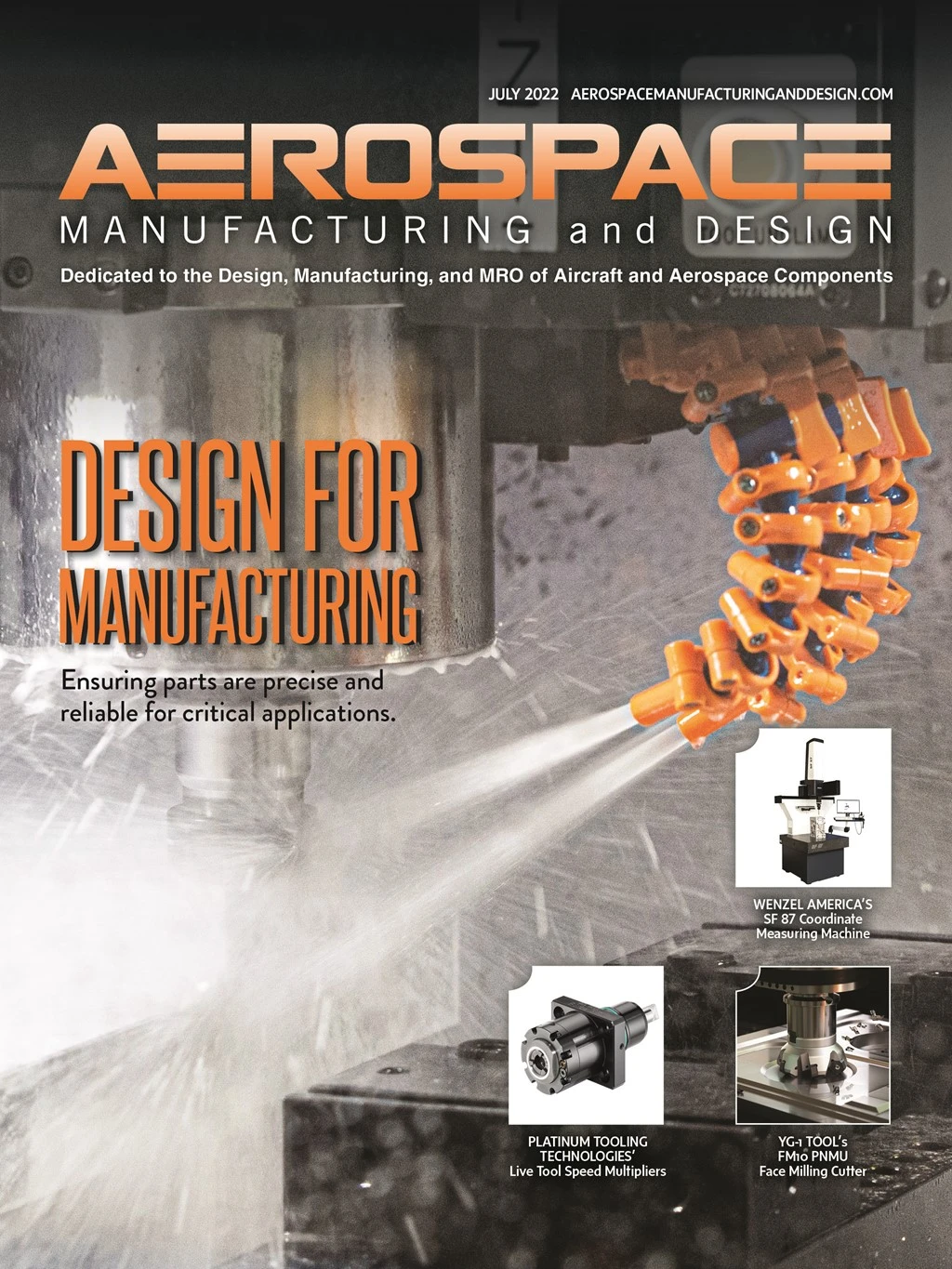
Lambda Technologies Group

Mechanical surface treatments, such as shot peening, laser peening, and low plasticity burnishing can improve the fatigue properties of critical aerospace components such as turbine blades and disks, airframe components, and landing gear. Fatigue testing is often conducted on standard sample geometries, which are relatively easy to machine and test, and can provide important data on the properties of a specific material.
Data derived from fatigue testing on standard samples designed to determine the material fatigue strength can’t be used reliably to predict fatigue performance improvements related to surface treatments in actual components. Here’s why.
Material properties tests
Most mechanical testing, such as fatigue, crack growth, and time-dependent deformation tests, determines and documents material-specific properties. These tests are performed using widely accepted technical standards providing details of specimen geometry, dimensions, and testing procedures.
Conventional fatigue testing for generating stress vs. life data is conducted using the standard rotating/bending test equipment on dog-bone-type specimens (with a gauge dimension of about 0.25") under either cantilever or 4-point bending mode. The primary purpose is establishing basic material property data.
Axial loaded tests are conducted on specimens with relatively small cross-sections. One can generate stress-life and/or strain-life type plots that provide general material-based information.
Testing-machine limitations dictate the cross-sectional size of specimens. Since most results obtained for determining material properties aren’t sensitive to the specimen cross-section, the data is suitable for general design purposes.
Material properties in component design
Material properties are used in the design stages of a component with appropriate safety factors. Detailed stress distribution in a component can be assessed through finite element analyses (FEA) and other design analysis methods specific to the operating conditions of the component. Design analyses can identify high-stress and vulnerable regions on a component. Component level and/or full-scale testing is usually done to validate the design predictions.
Local stress conditions at critical locations generally control the component’s performance, such as fatigue life, damage tolerance, inspection requirements, etc. Stress distribution is also dependent on local geometry and dimensions.
A local fillet radius region could be surrounded by a thick section and large material volume. This could lead to a localized stress concentration, and the entire component performance could be limited to the performance of the local region. Under these conditions, local cyclic stresses can exceed the elastic limit. The rest of the component structure experiences stresses within the elastic limit. Such a component could be classified as low cycle fatigue (LCF) life-limited.
Surface treated component tests

Use of a surface treatment, such as low plasticity burnishing, to introduce compressive residual stress could effectively improve the fatigue performance of the fillet radius region.
Determining the effectiveness of surface treatments on fatigue performance is challenging. One common approach of characterizing the fatigue benefits of surface treatments is applying the surface treatment to the same dog-bone specimens used in determining the material fatigue properties described above.
The main problem is the residual stress produced in a standard fatigue sample may not represent what’s achievable in the actual component. Real geometric features like a fillet radius, sharp corners, etc., are often not replicated in standard fatigue samples. Additionally, due to the relatively small cross-section of standard fatigue samples, the compressive and compensatory tensile residual stresses can be much different from the actual part, leading to data that does not accurately correlate to the component.
It’s always vital to determine component performance either by:
- Testing the component itself, or
- Testing a feature specimen simulating the component’s geometry, dimensions, and loading and operating conditions.
This will produce fatigue results accurately reflecting the residual stress distribution, including the actual component’s potential compensatory tensile residual stresses.
Mechanical surface treatments introduce residual stresses typically restricted to the fatigue or damage-prone regions of the components. These surface treatments are dependent on the geometry and size of the treated areas. Therefore, the residual stresses introduced in standard fatigue samples, typically used to determine fundamental material properties, don’t accurately represent the performance of surface-treated components. Fatigue testing must be performed on the component itself or a feature specimen to produce meaningful results.

Explore the July 2022 Issue
Check out more from this issue and find your next story to read.
Latest from Aerospace Manufacturing and Design
- 3 Questions with an Expert with Allied Machine & Engineering
- Electra raises $115M to pioneer Ultra Short aircraft
- Walter’s WT26 partial- and full-profile thread turning inserts
- April Manufacturing Lunch + Learn with Iscar
- April Manufacturing Lunch + Learn with Insaco
- Archer unveils vision for New York air taxi network
- Siemens launches its machine tool digitalization software portfolio MACHINUM in the US
- #58 - Manufacturing Matters - 2024 Metrology's Latest Advancements with Starrett





